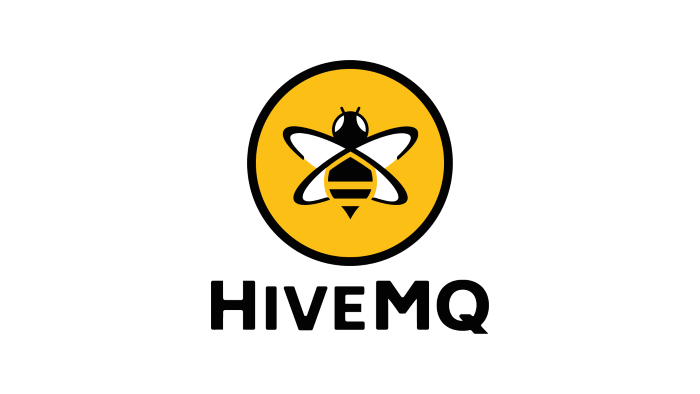Unified Namespace Reference Architecture Model
The Unified Namespace (UNS) is NOT a universal standard.
As such, its implementation details are largely subject to the discretion of the architect.
And without a reference model, this can be a daunting task.
So, here’s a simplified UNS reference architecture model to kickstart your imagination
𝐊𝐞𝐩𝐬𝐞𝐫𝐯𝐞𝐫𝐄𝐗
Collects data from devices, providing it via OPC UA or as MQTT messages to a site-level MQTT broker.
Publishes data under a ‘raw_data’ or custom namespace.
𝐇𝐢𝐯𝐞𝐌𝐐 𝐄𝐝𝐠𝐞
Open-source machine connectivity software with an embedded MQTT broker;
– collects data from legacy devices,
– converts it to MQTT,
– aligns it with a Local UNS,
– forwards data to a site-level broker.
– It can also collect data from KepserverEx via OPC UA or MQTT.
𝐈𝐈𝐨𝐓 𝐏𝐥𝐚𝐭𝐟𝐨𝐫𝐦
Processes data from the site broker, including modeling and normalization, and republishes it under a functional namespace.
It integrates data from diverse sources into the UNS, and can also interface with non-MQTT capable MES and ERP systems.
𝐇𝐢𝐯𝐞𝐌𝐐 𝐌𝐐𝐓𝐓 𝐁𝐫𝐨𝐤𝐞𝐫 (𝐒𝐢𝐭𝐞 𝐔𝐍𝐒)
Manages site-level MQTT data flow, linking operational systems like Historian and SCADA to create a site-wide UNS.
It bridges data to cloud or data center brokers for enterprise access.
𝐇𝐢𝐯𝐞𝐌𝐐 𝐌𝐐𝐓𝐓 𝐁𝐫𝐨𝐤𝐞𝐫 (𝐄𝐧𝐭𝐞𝐫𝐩𝐫𝐢𝐬𝐞 𝐔𝐍𝐒)
Connects site-level brokers, ensuring data consistency across a large, distributed manufacturing enterprise.
𝐄𝐧𝐭𝐞𝐫𝐩𝐫𝐢𝐬𝐞 𝐃𝐚𝐭𝐚 𝐈𝐧𝐭𝐞𝐠𝐫𝐚𝐭𝐢𝐨𝐧
Data from the Enterprise UNS is channeled to platforms like Kafka and AWS Kinesis, stored in databases, or used in analytics platforms for further processing and insights.
Have a great day, and see you next week!
Kudzai



